Is Crown Shyness Real – The Phenomenon Of Trees That Don’t Touch
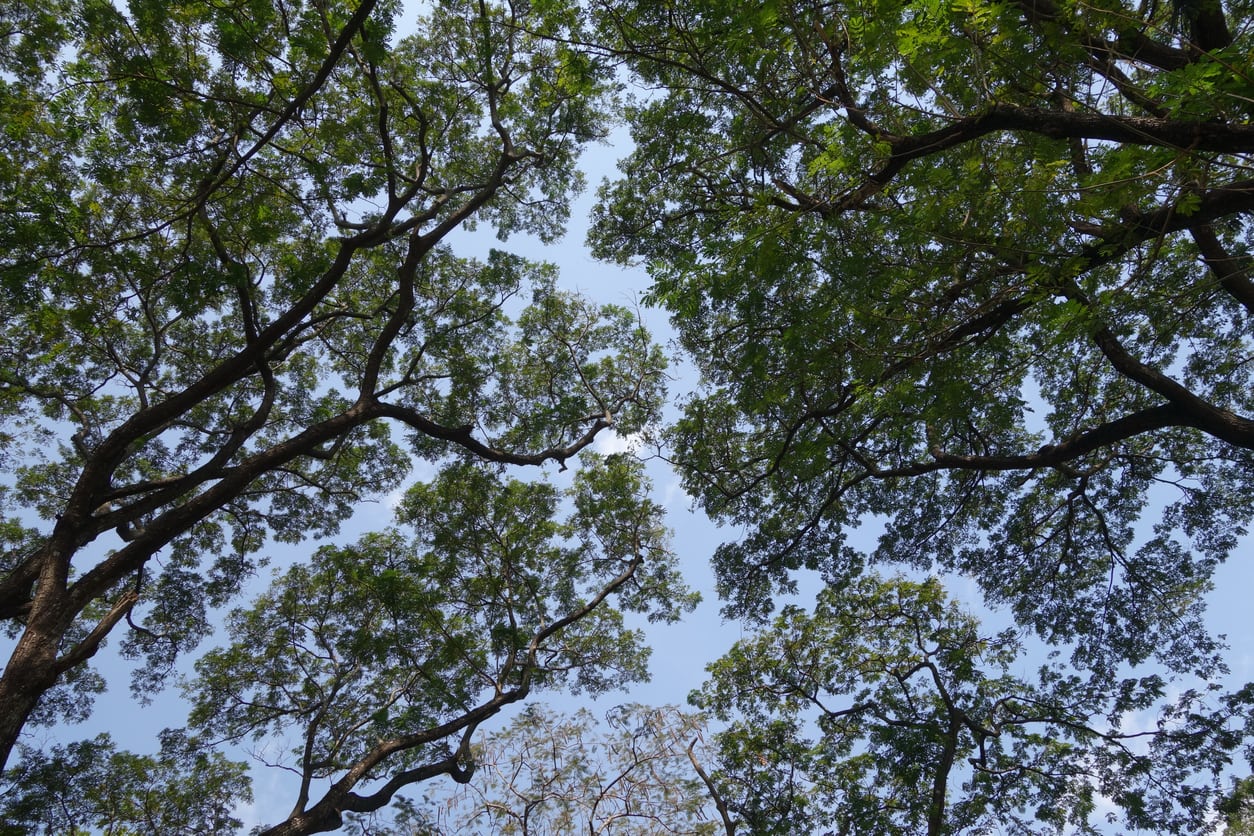

Have there ever been times that you just wanted to set a 360 degree no touch zone around yourself? I feel that way sometimes in super-crowded situations such as rock concerts, state fairs, or even the city subway. What if I told you that this human sentiment for personal space also exists in the plant world-- that there are trees that don’t touch each other deliberately? When trees have an aversion to being “touchy feely,” it’s referred to as crown shyness in trees. Read on to learn more and discover what causes crown shyness.
What is Crown Shyness?
Crown shyness, a phenomenon first observed in the 1920’s, is when the crowns of trees do not touch. What exactly is a crown though? It is the uppermost part of the tree where branches grow out from the main trunk. If you were walking in the forest and looked up, you would be looking at the canopy, which is a collection of crowns. Typically, when you look into the canopy, you see an intermingling of branches between the crowns of the trees. Not so with crown shyness– the tops of the trees simply do not touch. It is an eerie phenomenon to behold and if you were to see photos on the internet, you may question: “Is crown shyness real or is this photoshopped?” I assure you, crown shyness in trees is real. When you peer into the canopy, it looks like each tree has a halo of uninterrupted sky around its crown. Others have likened the appearance to a backlit jigsaw puzzle. Whatever description strikes your fancy, you get the general idea– there is a definitive separation and boundary, or “no touch zone,” around each tree crown.
What Causes Crown Shyness?
Well, no one is really sure what causes crown shyness, but multiple theories abound, some of which are more plausible than others:
- Insects and Disease– If one tree has “cooties” (such as leaf-eating insect larvae), then the spread of harmful insects is a little more difficult without a “bridge” to get to the next tree. Another hypothesis is that crown shyness prevents the spread of some fungal or bacterial diseases.
- Photosynthesis– Photosynthesis is facilitated by allowing optimal light levels to penetrate the canopy through the empty spaces around each crown. Trees grow in the direction of light and when they sense the shade from neighboring tree branches, their growth is inhibited in that direction.
- Tree Injury– Trees sway in the wind and thrash into one another. Twigs and branches get broken during the collisions, disrupting or damaging growth nodules, creating the gaps around each crown. Another related theory is that crown shyness is a preventative measure in that it allows trees to minimize or avoid this injury altogether.
What are Some Trees That Don’t Touch?
After reading this article, I’m sure you’re already putting on your hiking boots ready to journey into the woods in search of crown shyness in trees. You may discover that this phenomenon is somewhat elusive, causing you once again to question “Is crown shyness real?” This is due to the fact that only certain types of towering trees seem predisposed to crown shyness, such as:
- Eucalyptus
- Sitka spruce
- Japanese larch
- Lodgepole pine
- Black mangrove
- Camphor
It occurs primarily in trees of the same species but has been observed between trees of different species. If you are unable to view crown shyness in trees firsthand, google some of the places renowned for this phenomenon such as the Forest Research Institute of Malaysia, in Kuala Lumpur, or the trees at Plaza San Martin (Buenos Aires), Argentina.
Gardening tips, videos, info and more delivered right to your inbox!
Sign up for the Gardening Know How newsletter today and receive a free copy of our e-book "How to Grow Delicious Tomatoes".

Shelley Pierce was a writer for Gardening Know How, contributing to hundreds of articles for the site.
-
 Grow ‘Karl Rosenfield’ Peony Plants For The Ultimate Frilly Border Beauties And Cut Flowers
Grow ‘Karl Rosenfield’ Peony Plants For The Ultimate Frilly Border Beauties And Cut FlowersFor frilly double magenta peony petals infused with a heady fragrance, grow ‘Karl Rosenfield’ peony plants. Here’s how to cultivate the ultimate plushy blooms
By Tonya Barnett
-
 10 Common Composting Problems That Can Spoil Your Garden Gold – Plus Easy Fixes
10 Common Composting Problems That Can Spoil Your Garden Gold – Plus Easy FixesLearn how to troubleshoot common composting issues before they ruin your stash – from bad smells and bugs to materials not breaking down as they should.
By Susan Albert
-
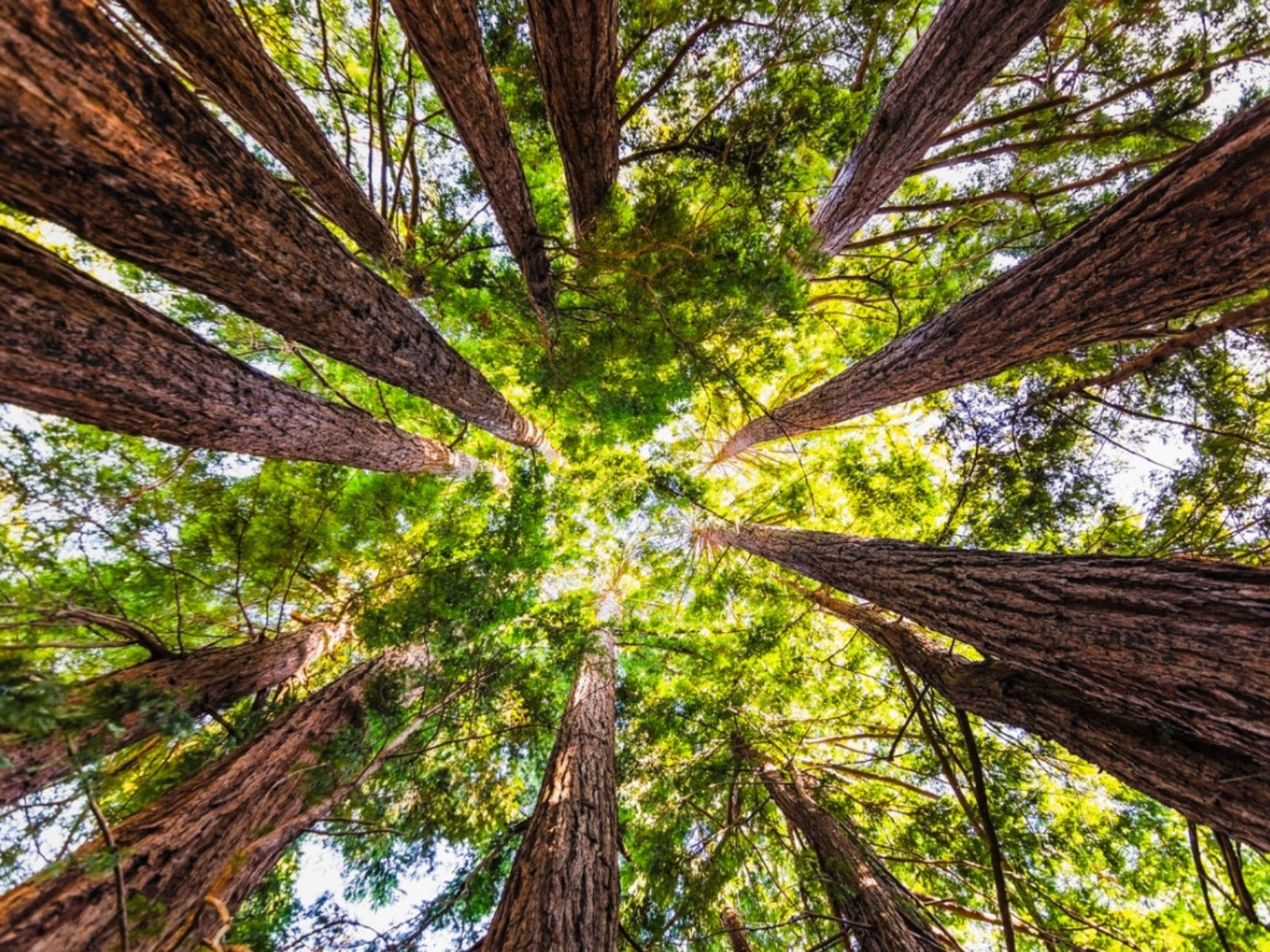 Best Trees For Carbon Sequestration And Climate Change
Best Trees For Carbon Sequestration And Climate ChangeLet’s keep planting trees. They are our best bet for capturing carbon and may help with our global warming issues.
By Teo Spengler
-
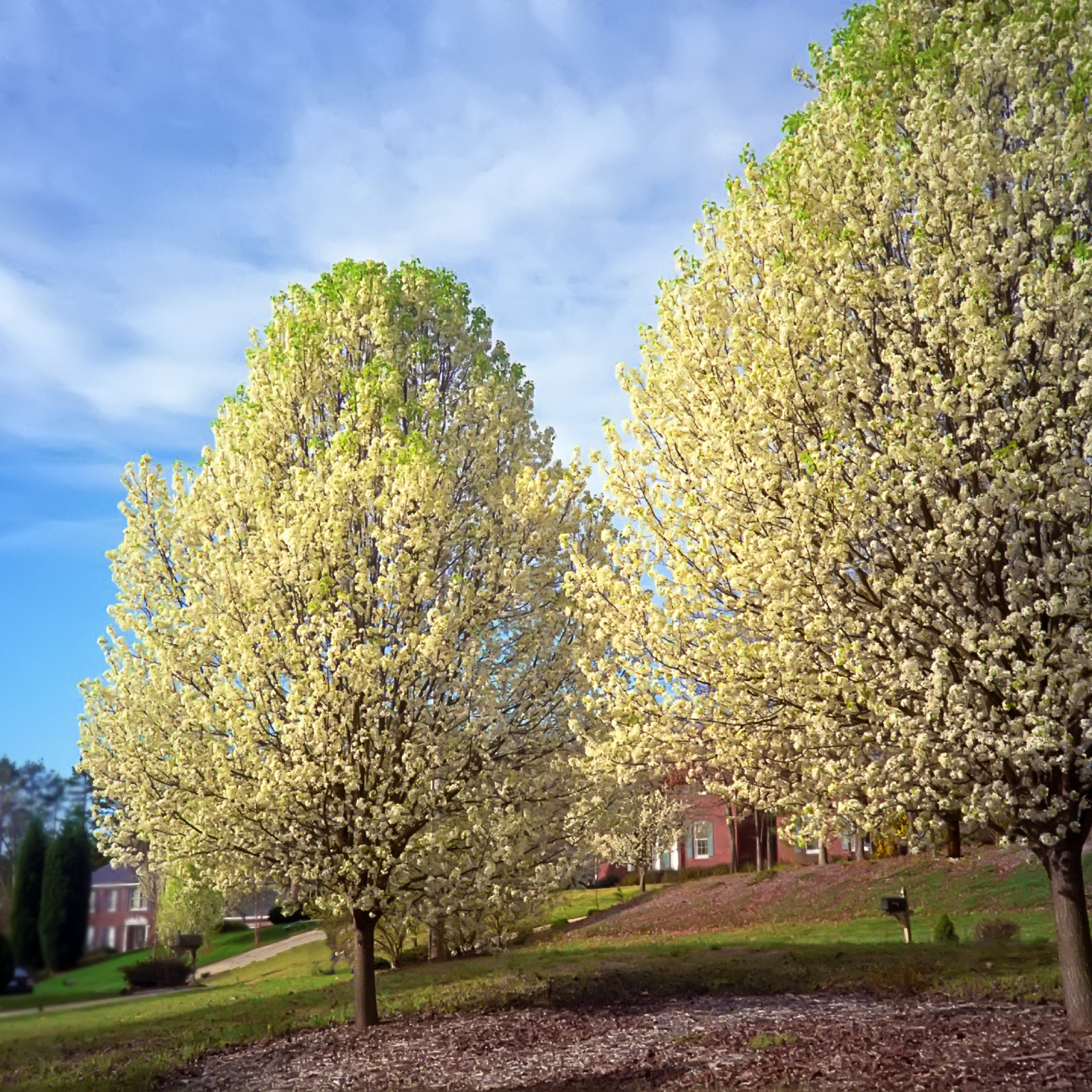 7 Invasive Trees You Should Never Plant In Your Yard Or Garden
7 Invasive Trees You Should Never Plant In Your Yard Or GardenWhat are some invasive trees you should never plant in your yard? Click here to find out.
By Teo Spengler
-
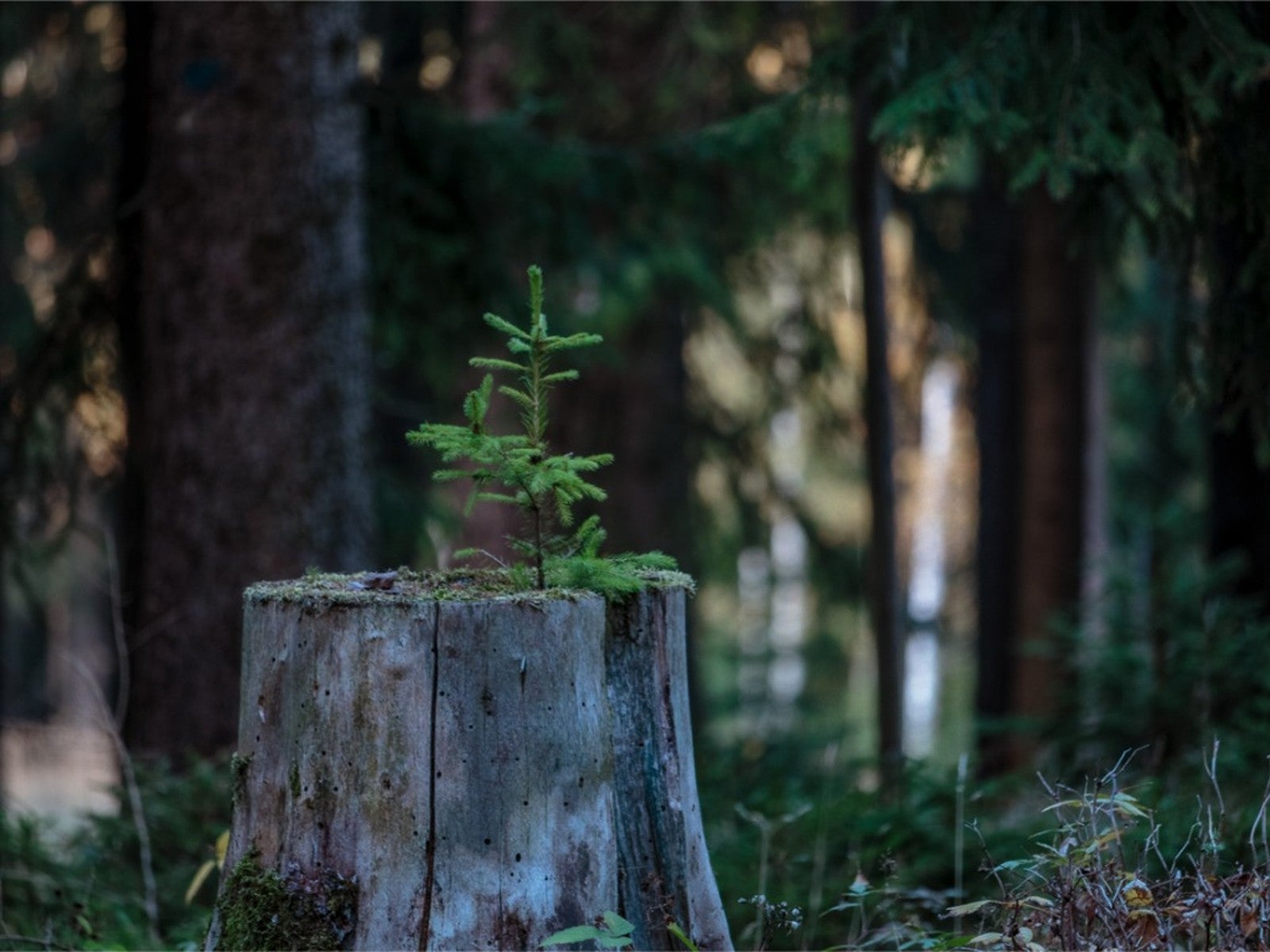 How Close Can You Plant A Tree To A Stump?
How Close Can You Plant A Tree To A Stump?Looking to plant new trees near old stumps or where stumps have been removed? Click here to learn how.
By Teo Spengler
-
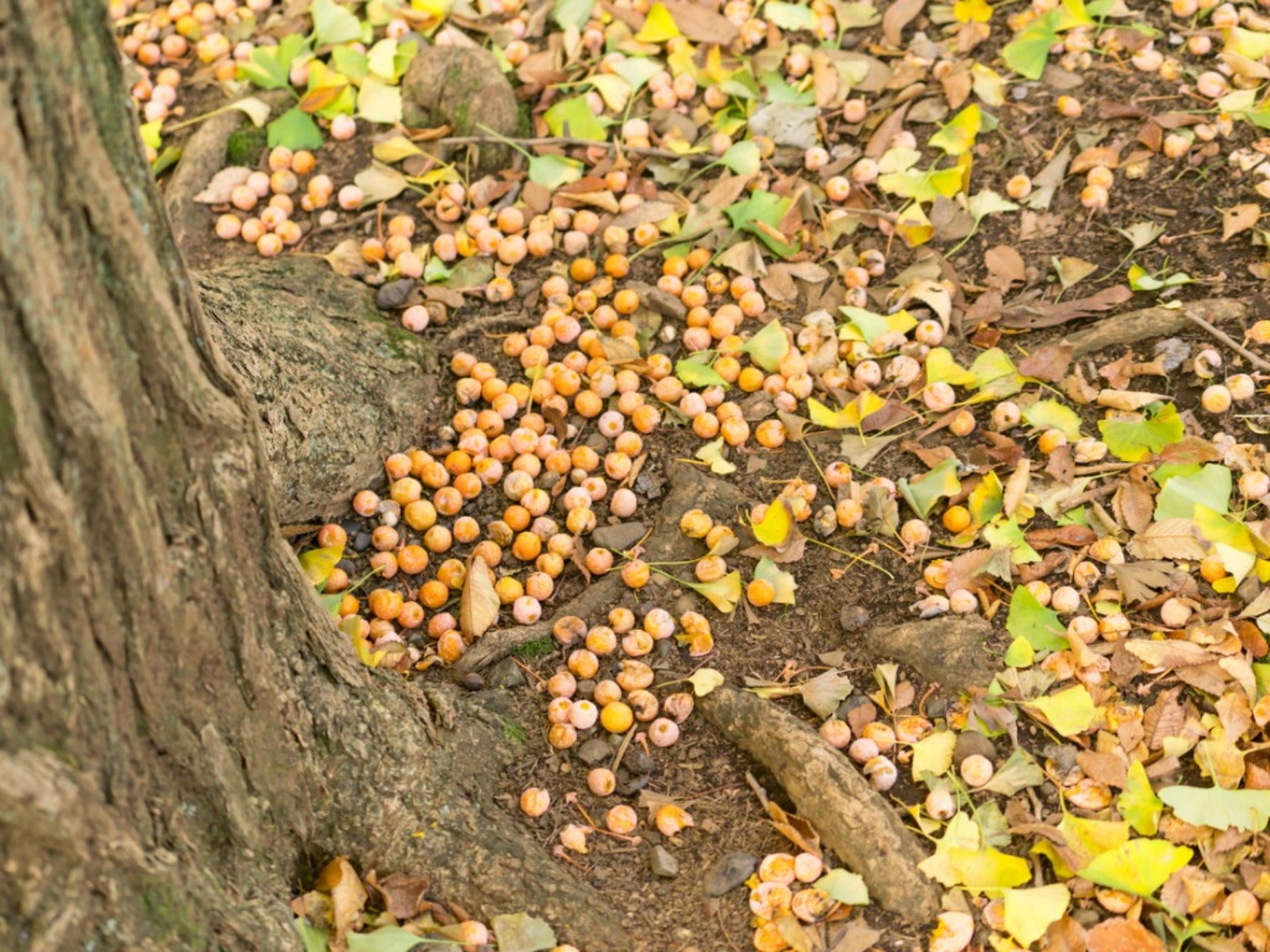 Messiest Trees That Drop Debris Everywhere
Messiest Trees That Drop Debris EverywhereWant to know which trees will create the biggest messes in your home landscape? Click here to find out.
By Amy Grant
-
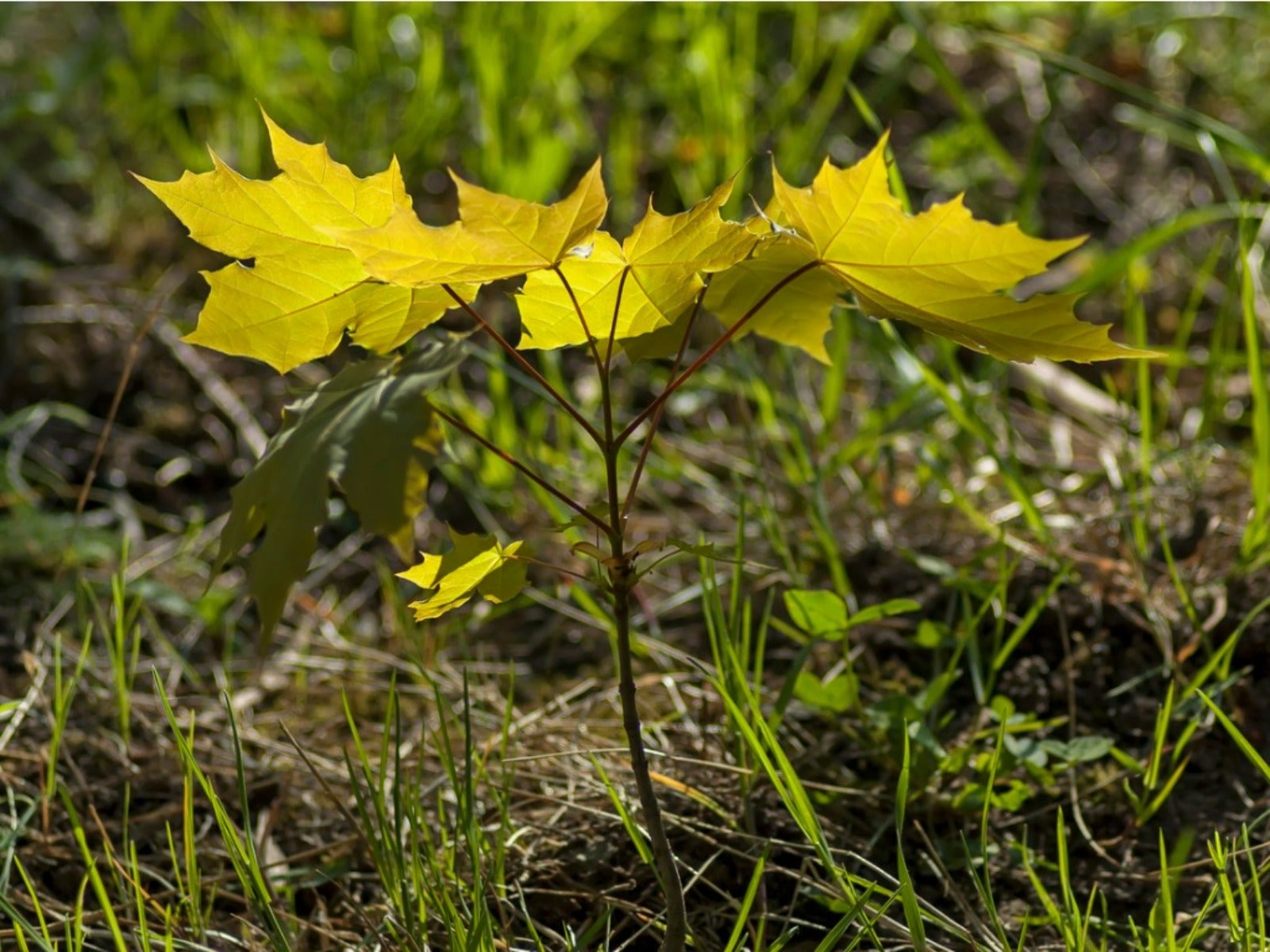 How To Get Rid Of Tree Sprouts In The Yard From Nearby Trees
How To Get Rid Of Tree Sprouts In The Yard From Nearby TreesLearn the simple way to keep pesky tree seedlings in your lawn from becoming saplings.
By Teo Spengler
-
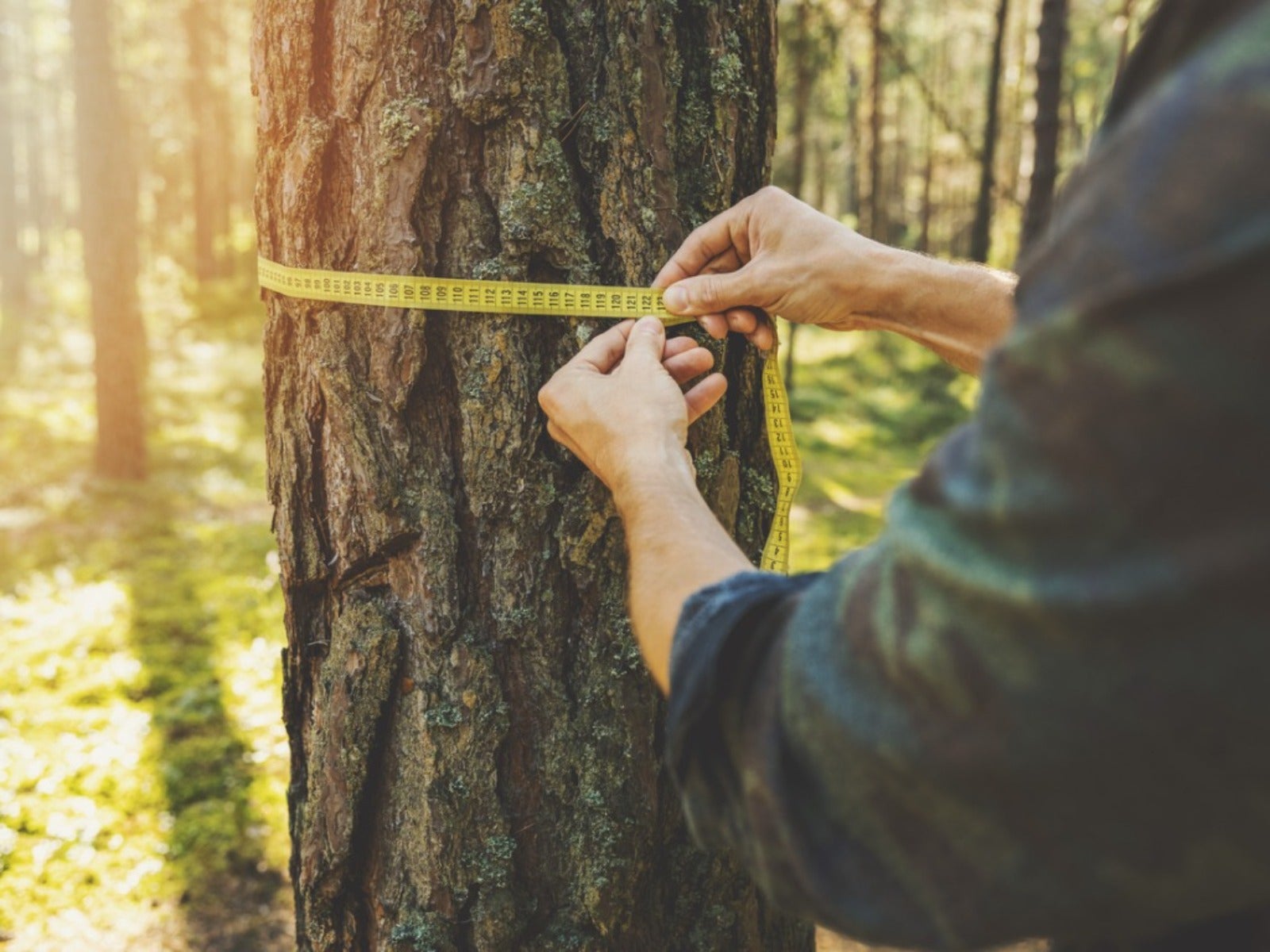 How To Tell How Old A Tree Is
How To Tell How Old A Tree IsEver wondered how to calculate the age of a tree? Click here to learn all about it.
By Teo Spengler
-
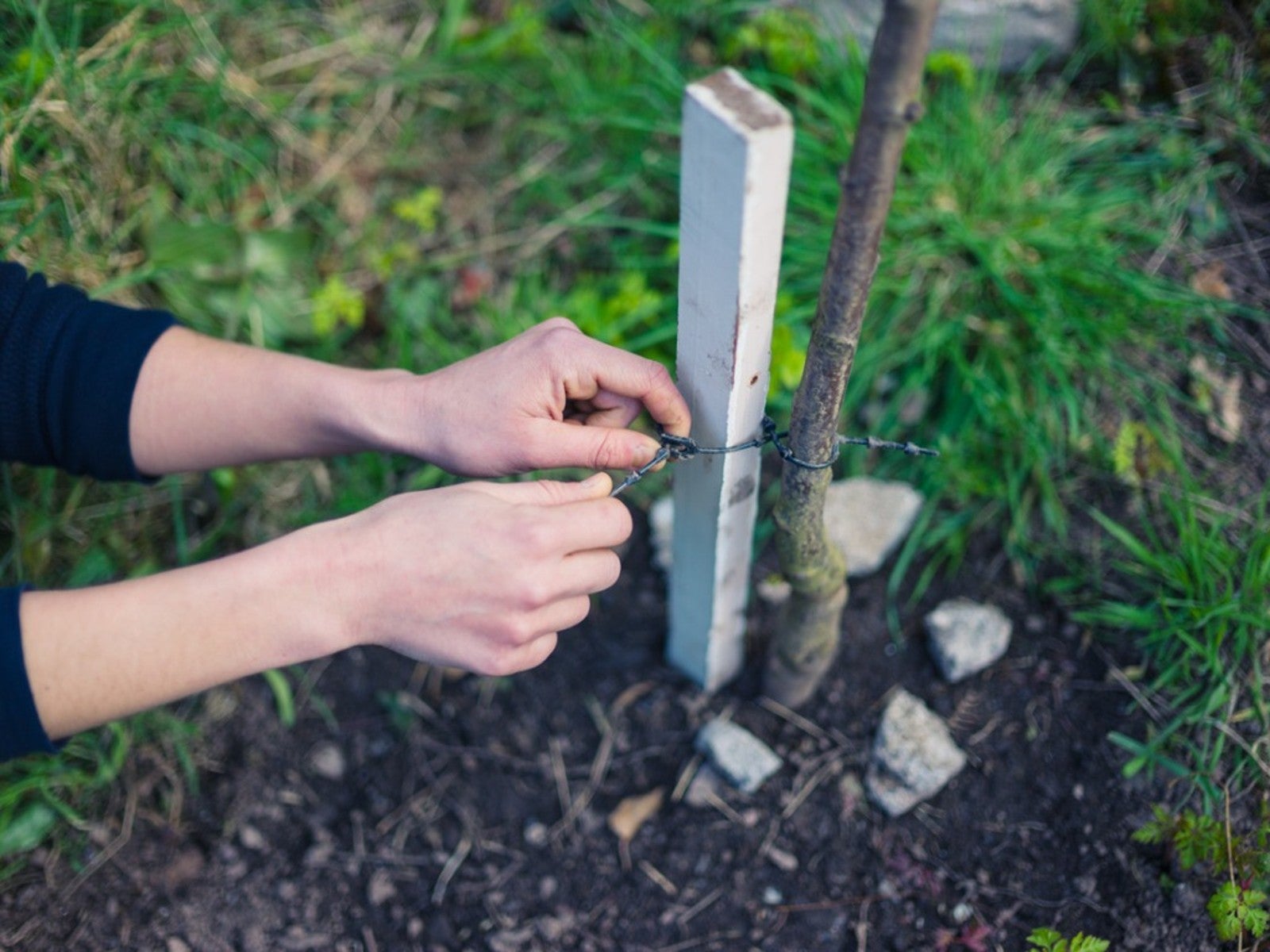 When To Remove Tree Stakes From Saplings
When To Remove Tree Stakes From SaplingsA newly planted tree may grow strong when it’s staked, but don’t forget to remove the stakes when it’s stable.
By Teo Spengler
-
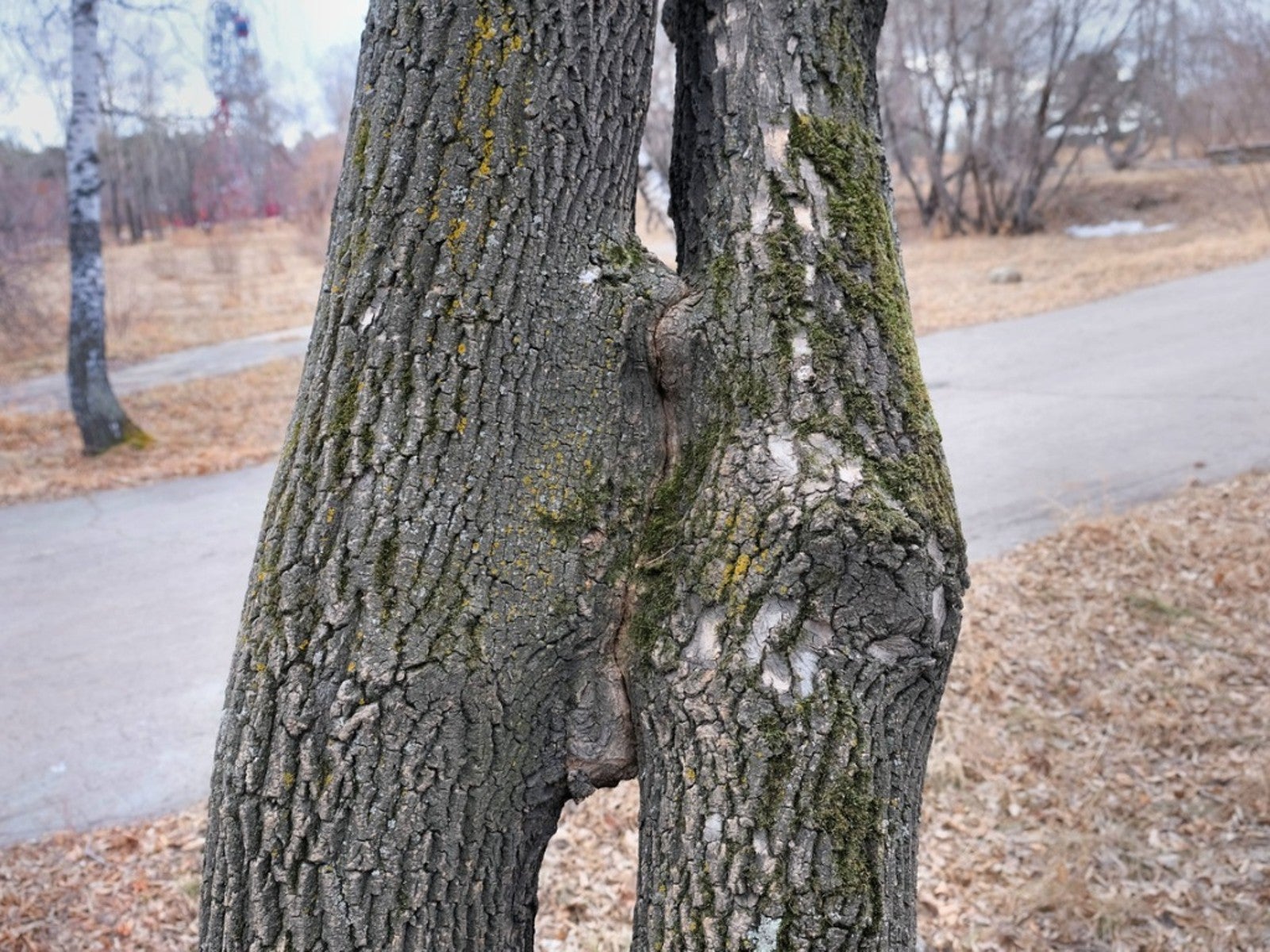 Inosculation And Trees Growing Together
Inosculation And Trees Growing TogetherIf you ever see two trees that have bonded and grown together, read here to learn why and how it happens.
By Teo Spengler